
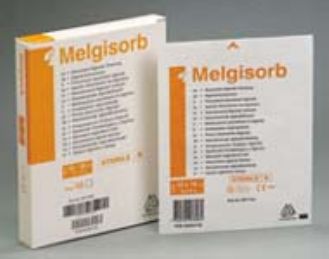
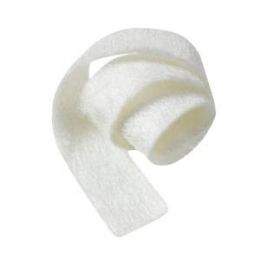

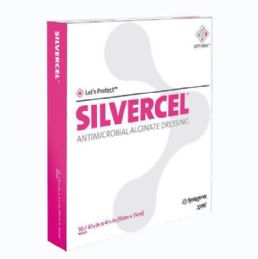
.jpg&newheight=260&quality=80)
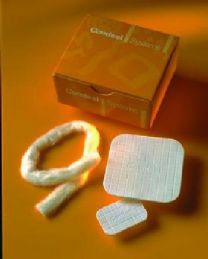
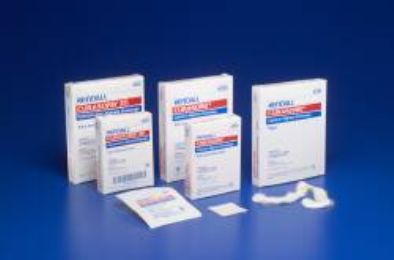
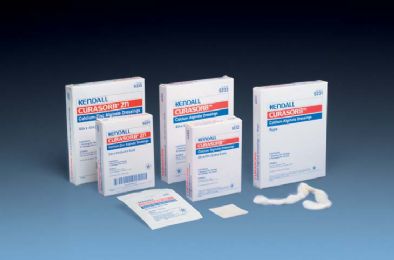
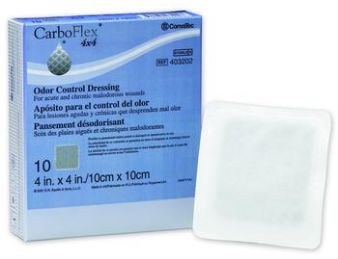
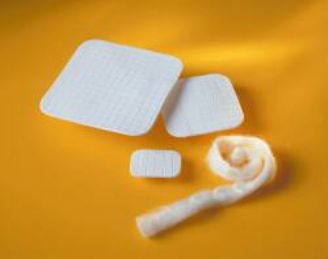
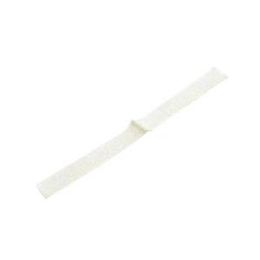
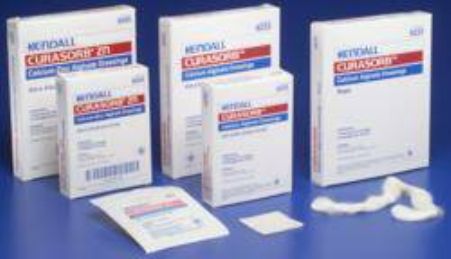
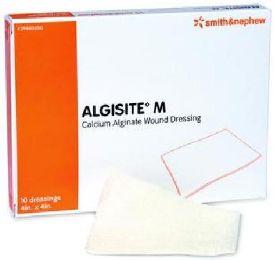
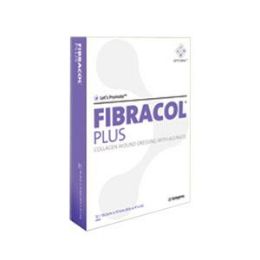
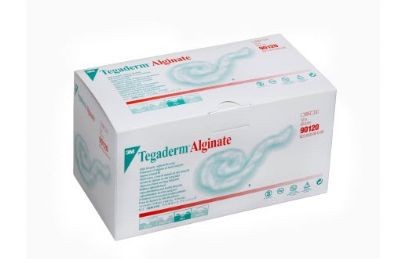
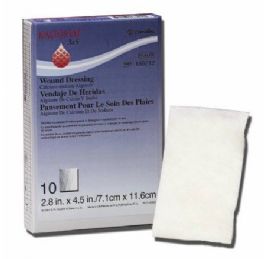
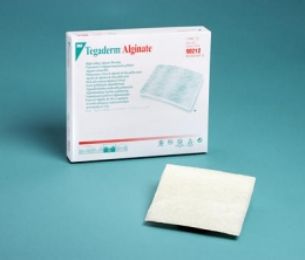
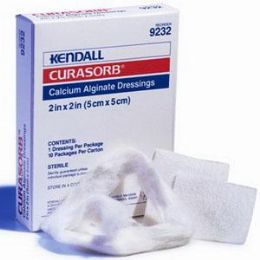
What are Alginate Dressings and how do They Work?
Alginate dressings are multipurpose absorbent wound dressings made from natural materials such as algae and seaweed and are placed directly on wounds to absorb significant amounts of wound fluid, also known as exudate. Alginate dressings are available in flat pieces called wafers or sheets and in rope form, which can be cut or shaped to conform to the shape of the wound.
When Alginate dressings come into contact with a wound, they transform from a dry dressing into a gel or swell up to 20 times their size. The type of seaweed the alginate is manufactured with determines whether the dressing will swell or form a gel. Calcium alginates will generally swell whereas sodium alginates will usually form a gel in the wound area. The alginate will then absorb wound secretions which will help the tissue to recover, regrow and heal. Alginate dressings are best for moist wound environments and are usually used with a secondary dressing to hold it in place. When it is time to remove the dressing, the alginate material will come off with ease and will generally not adhere to the wound site.
Alginate dressings may be used in combination with other dressing materials, which can include hydrocolloids, foam, charcoal (for odor control), silver (for bacterial protection) and zinc (to aid in tissue reformation). Some of these combinations of dressings are prefabricated and others can be combined in a clinical setting.
Examples for the types of wounds that alginate dressings are used for include:
Skin ulcers
Post-operative wounds
Cavity wounds
Skin graft sites
Skin fissures
Alginate dressings are not recommended for dry wounds, third degree burns or surgical implantations.
Alginate dressings have been used in different forms for over fifty years and are an easy-to-use, easy-to-remove, cost-effective treatment option for a variety of different wounds. Because they can be used in combination with other dressings, alginate dressings are one of the most effective and flexible wound care products available today.
Hulet Smith, OT
Rehabmart Co-Founder & CEO
rh